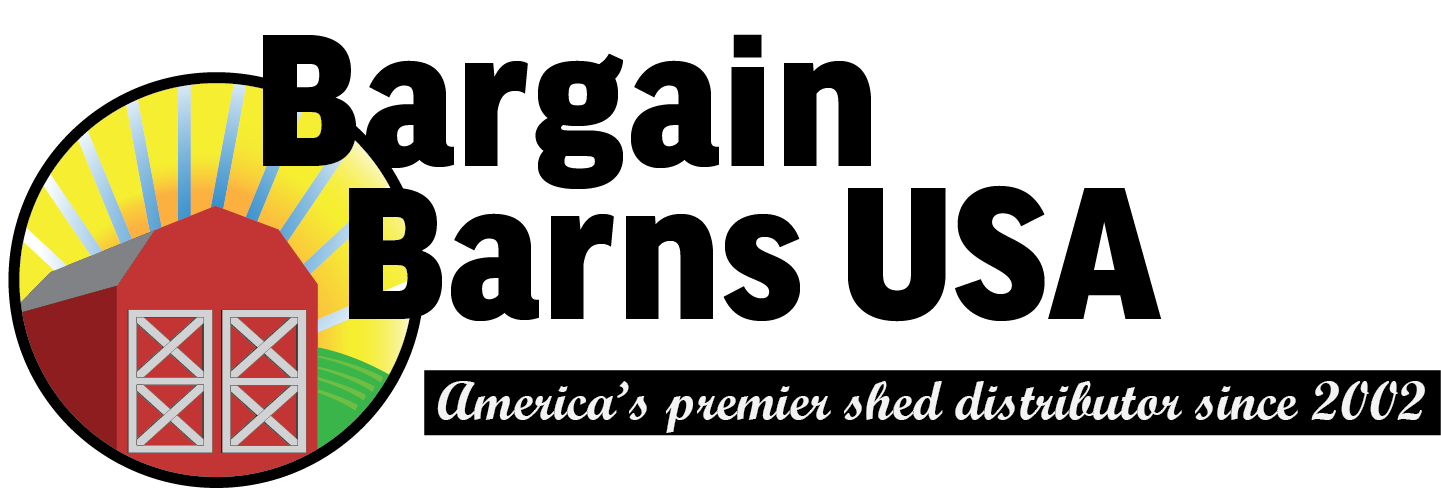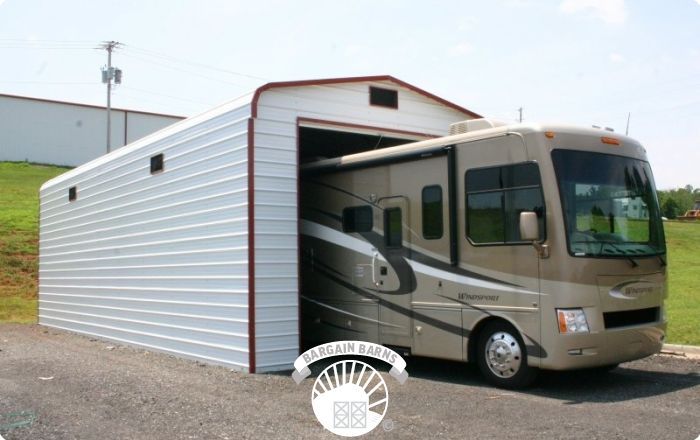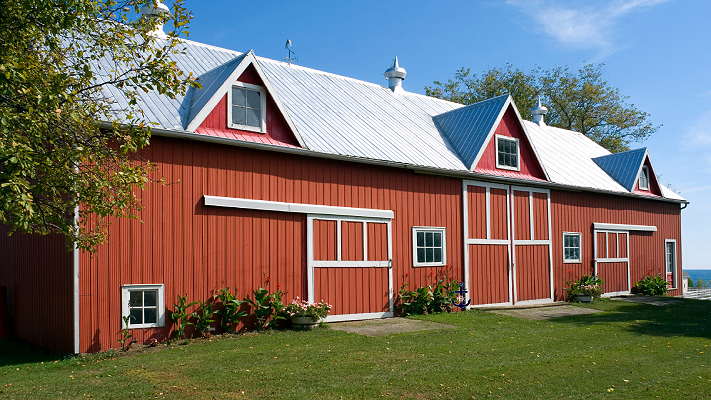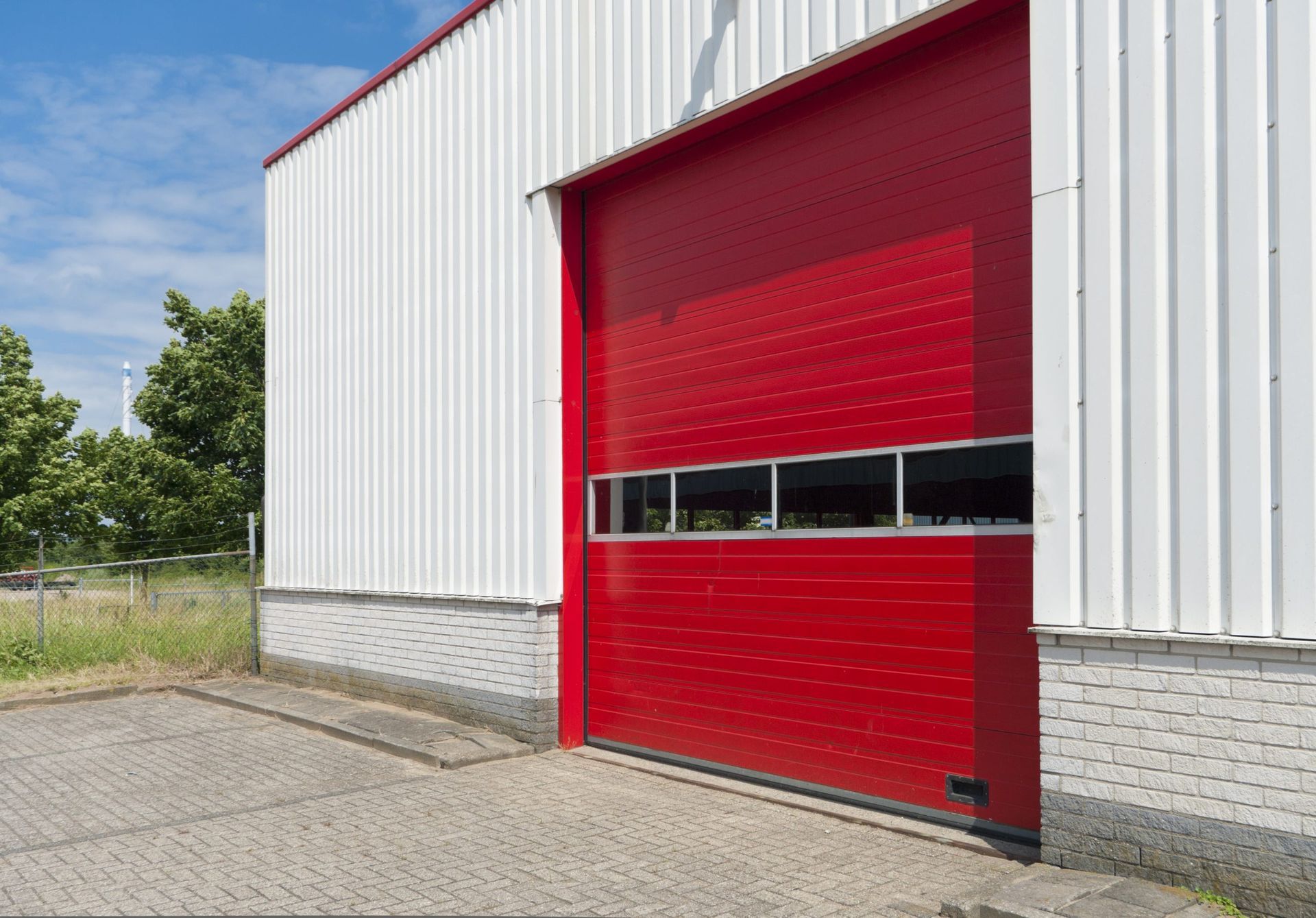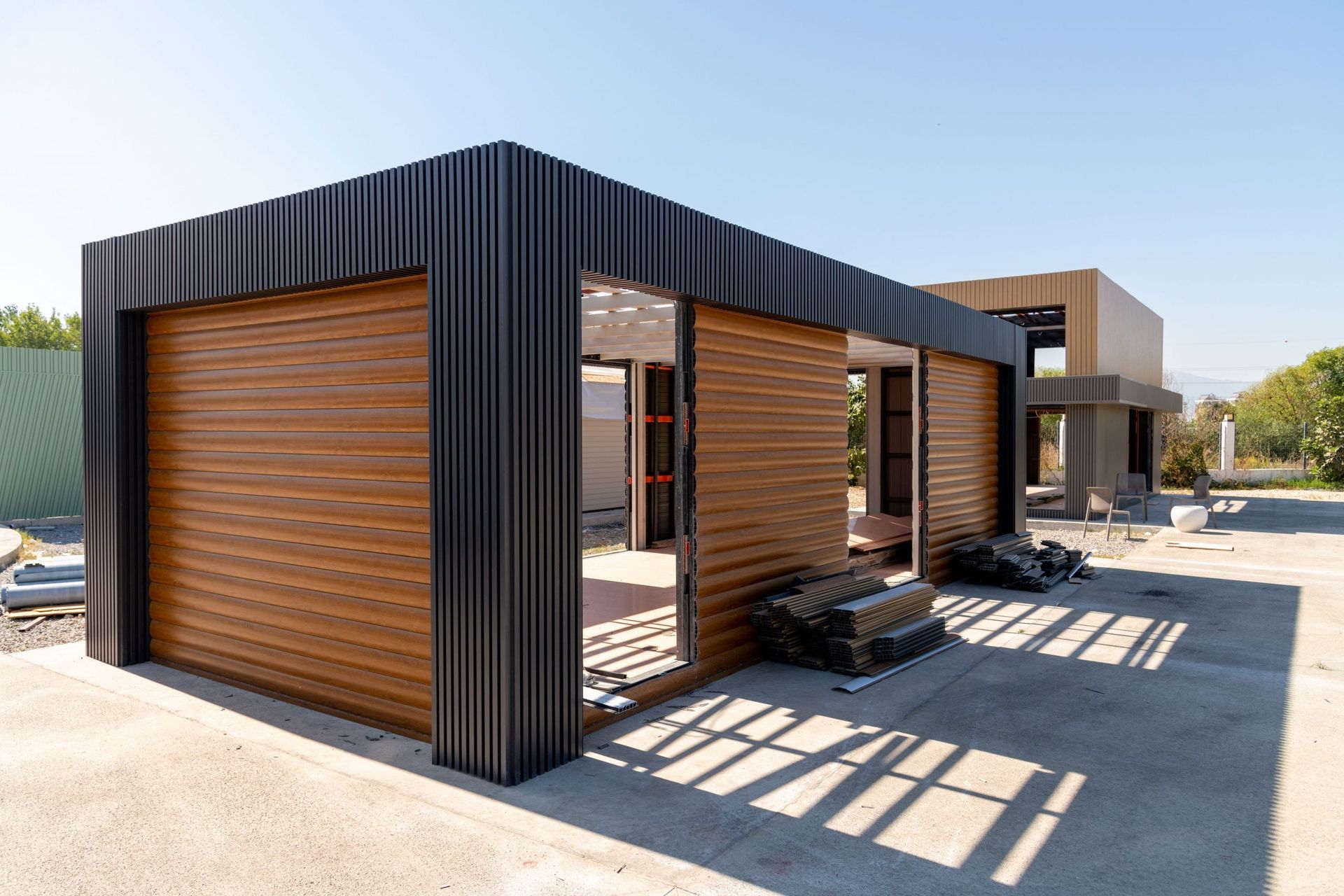The Ultimate Carport Guide For 2020 | Bargain Barns USA
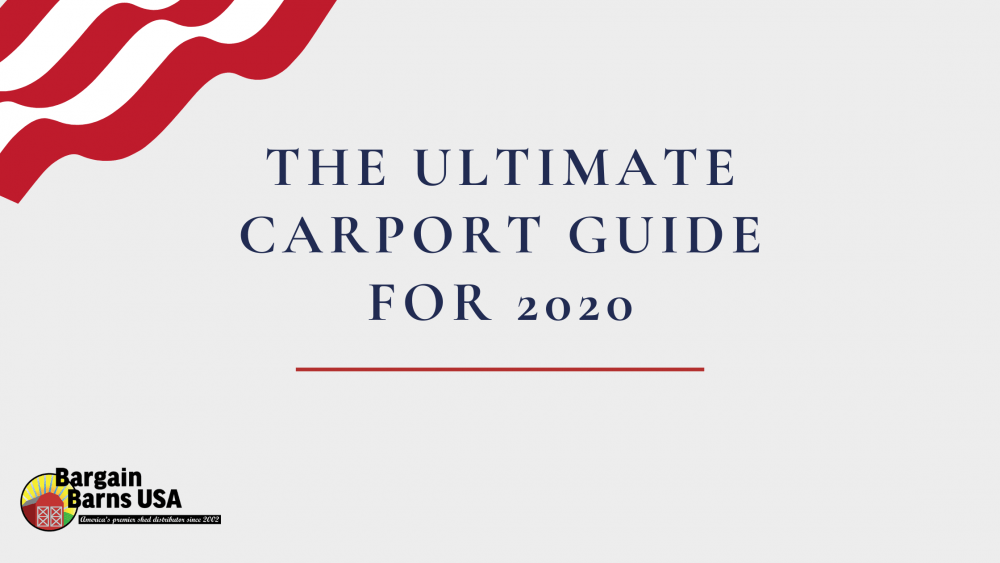
There is no better time to upgrade your property with a carport. Whether it’s attached, detached, or maybe you need a carport for the RV you picked up for your summer vacation, it can be easy to get lost in all the different options. That’s why Bargain Barns has taken the time to put together the ultimate carport guide for 2020 and to hopefully answer any question you may have about carports.
Is A Carport Right for Me?
This is one of the most common questions we get. The answer is unique to everyone. It boils down to your needs and wants. Carports excel at one thing and that’s protecting your car from the elements. If you are looking to protect your car, but don’t quite need the full security of a garage, then a carport is a great option for you and your family. You can always enclose your carport at a later date as well. Carports are also great if you just don’t have the space or finances for a garage.
Will A Carport Add to My Home Value?
One of the questions we hear most often is whether installing a metal carport will increase a home’s value. While it’s impossible to answer that question definitively across the board, in general, a carport adds value to a home in several ways:
Added Protection – The clearest and most important benefit of a carport is protection for your cars from the elements. A home with no garage or shelter for cars is often perceived as less valuable, especially in regions where damaging weather like ice and hail are common. A carport offers cars and trucks protection from hail, snow, rain, and falling debris like such limbs. It is a great way to help keep your vehicles safe but has a smaller carbon footprint than a full-sized garage.
Variety – Metal carports come in a wide variety of sizes and styles, so you can easily find one that matches the look and feel of your home. Creating a unified look for your property helps increase the value beyond a standard “one-size-fits-all” solution.
Lower Costs – One of the added benefits of carports is a lower cost compared to a full garage or home addition. A carport can cost as little as 50% of an equivalent garage, or even less in some markets. This makes it much more likely that you’ll be able to recoup your investment when selling your home.
Before you rush off and install that new metal carport though, there are a few things you should keep in mind. First, consider your surroundings and market. If you’re thinking of installing a carport, you should see how other homes in your area handle the same need. Some suburban homes mostly feature attached carports rather than stand-alone units, for instance. You’ll have the best chance of raising your home’s value if your carport blends in with its surroundings rather than standing out.
Does A Carport Really Protect My Car?
When thinking about the protection a carport provides, it helps to consider all of the ways your car can be damaged by the elements. Cars are designed to be left outside, but any object left out in the elements for too long will suffer damage. For instance:
Solar radiation can cause your car’s paint to fade, cloud, or peel, and cause the interior to fade or, in the case of leather, crack and dry out.
Heat buildup in a car left out in the sun can damage the car’s electronics and personal belongings left in the vehicle.
Rain, snow, and ice can damage your car’s paint, tires, and the rubber seals around your doors and windows over time. Exposure to rain and water can also cause your car’s frame to rust faster than if it were kept dry
More inclement weather, like hail and wind-blown debris, can cause extensive damage to any vehicle.
However, when protected under a carport, these threats are all neutralized. Carports are excellent at protecting your vehicles from all types of environmental damage and are strong enough to stand up to even the toughest environments.
Picking The Right Carport Size For Me
Different buyers use carports for a wide variety of different things, such as sheltering cars, RVs, boats, farm or lawn equipment, or almost anything else that needs protection from the sun and rain. That means there’s no real “one-size-fits-all” steel carport model. Instead, we stock a range of different carports that vary in width, depth, and height. This makes different carports useful for many different tasks.
Single, Double, and Triple Carports
It’s common for many carport vendors and manufacturers to refer to their carports as “single,” “double,” or “triple” carports. These descriptions refer to the width of the carport – in other words, how many side-by-side cars could fit underneath it. The categories break down like this:
- A “single” or “single-wide” carport is generally 12 feet wide and is suitable for one car.

- A “double” carport can be anywhere from 18 to 24 feet wide and is good for two cars parked underneath side-by-side.

- A “triple” carport is between 26 and 30 feet wide, giving it enough space for three cars. Triple carports are also often used for heavy equipment storage on farms or at businesses

Carport Height
For the most part, the height of a carport will be less than or equal to the width of the unit. For instance, a carport that is 12 feet wide can’t have a height of more than 12 feet, although it can be shorter than that. However, the maximum side height for any carport at Bargain Barns USA is 14 feet – more than tall enough for most customers.
For cars and trucks, your maximum height should be only a few feet taller than the height of either your head or your car, whichever is taller. For instance, if your car is only 5 feet tall, a 7 or 8 foot carport is probably tall enough. If you drive a lifted pickup that’s 9 feet tall at the roof, you’ll probably want a carport that is 10 feet tall, and so on.
With RV trailers and motor coaches, the question is a little trickier. Most RVs are no taller than 13 feet at the highest point, and that point is generally the air conditioner unit on the top. However, that doesn’t necessarily mean you need a 13-foot or 14-foot tall carport. Depending on the style you order, the roof height will be greater in the center than the side height. That means if you order a 12-foot carport with an open-eave roof you’ll easily be able to park a 13-foot RV underneath it.
Carport Length
Along with width and height, you’ll also want to think about how long your carport should be. This will depend on what you want to park underneath it, but it also depends on how much extra room you want for additional protection from sun, rain, hail, and other inclement weather. Most of the time we recommend at least five extra feet of length beyond the length of the vehicle you’ll be putting inside.
Anchoring Your Carport
Anyone familiar with Oklahoma’s weather knows the damage that high winds and violent storms can do. If you’re considering buying a carport in Oklahoma, you might wonder how such a big, sail-like structure can be certified to withstand winds up to 130 miles per hour. At Bargain Barns USA, we use a variety of carport anchors to hold carports fast to the ground, even in the face of heavy winds and storms. Learn how these anchors work and which one is best for your carport installation in Oklahoma.
Different Anchor Types
In general, we use four different types of carport anchors when securing carports in Oklahoma: rebar anchors, concrete anchors, mobile home anchors, and lag bolts.
- Rebar anchors are long pieces of rebar that are hammered into the ground with a sledgehammer. These anchors provide a strong hold for a wide variety of carports, but they are never used on certified units.
- Concrete anchors, also called wedge anchors, are placed in holes drilled into concrete. When the bolt is tightened, the wedge expands and securely anchors the carport in place.
- Mobile home anchors, or auger anchors, are long rods with augur ends that are screwed securely into the ground. These anchors are always used on certified carports placed over dirt or gravel.
- Lag bolts are only used when the carport is placed over wooden surfaces such as a deck or patio. Lag bolts are tough and strong and provide a secure hold for carports on wooden surfaces.
Which Anchor Will My Carport Need?
Most of the time, the choice of anchors isn’t really a choice at all, but a consideration of where your carport will be built. If you’re installing your carport over asphalt, gravel, or bare ground, you’ll have a choice of rebar or mobile home anchors. If you’re installing over concrete, you’ll need to use concrete anchors. If you’re putting your carport over wood, you’ll have to use lag bolts.
For asphalt, gravel, and dirt surfaces, both rebar anchors and auger-style mobile home anchors can be used. However, if you want your carport to be certified for wind load, you’ll only be able to use mobile home anchors. All of our certified carports rely on the extra holding strength that mobile home anchors provide. If you choose a non-certified carport unit, you can still choose to install it with mobile home anchors for extra security and wind resistance.
Does the Surface of My Carport Foundation Matter?
One of the most common questions we get from buyers is whether they should lay down concrete or other materials for their carport before they build. The true answer to this question is that it’s totally up to you. A high-quality, 130 mph-certified wind resistant carport can be built on any surface, including dirt and gravel driveways and concrete pads alike. If you would prefer to have a concrete surface underneath your carport, you’ll obviously have to pour the concrete before the carport is built. However, the strength and stability of the carport doesn’t depend on the surface it’s built on.
What Are Portable Carports?
The term “portable carport” is often used to describe two very different products:
Steel-framed or aluminum-framed carports or garages with canvas covers that are meant to be temporary or seasonal structures.
More permanent steel-framed carports with steel protective panels that can be disassembled and moved.
Each of these structures has its advantages and disadvantages. Before buying one, you should understand what they are and what benefits they provide.
Canvas Portable Carports
Canvas carports are simple, temporary structures that provide protection from sun and rain for different types of vehicles. Most “canvas” carports aren’t made of canvas at all. Rather, they are made of vinyl or fabric sheets, tarps, or other materials stretched over a steel or aluminum frame. These carports are versatile and easy to set up and take down, but the protection they offer is limited.
The chief disadvantage of these portable carports is they simply aren’t very strong compared to more permanent structures. Most canvas portable carports are held down with stakes or posts, leaving them vulnerable to blowing away in even moderate wind. In addition, their fabric canopies, while often made of durable materials, simply don’t last as long as steel. Their seams stretch, their colors fade, and their ties and stitching break down. Canvas carports are also vulnerable to mold, mildew, and pests.
Advantages of Canvas Portable Carports:
- Easy to set up and take down
- Very portable
- Low cost
Disadvantages of Canvas Portable Carports:
- Not as durable or strong as steel
- Not anchored securely
- Vulnerable to mold, mildew, and other problems
- Need to be replaced more frequently
- Steel Portable Carports
- Unlike portable canvas carports, a portable steel carport is basically a permanent structure. A properly-constructed steel carport will stand the test of time for many years without fail. Many steel carport owners have owned their carports for decades without having to replace them.
That said, these structures are still portable as well. While they aren’t quite as easy to deconstruct as canvas carports, bolt-up steel carports can be taken down in less than an hour by a few experienced workers. Once it’s disassembled, a steel carport is easy to load onto a truck or trailer and move to a new location.
The chief advantage of steel carports over portable canvas models is their significant increase in strength. Steel carports will stand up to the abuse that would tear down a canvas or fabric model with ease. For instance, at Bargain Barns USA, our steel carports are certified to stand up to 130 mph winds – about as strong as an EF3 tornado or a category 4 hurricane. Try finding a vinyl or fabric carport that can do the same.
While the cost of a steel carport is higher than the cost of a vinyl model, steel carports make up for that cost in longevity. Over time a steel carport will make up for its higher initial cost by needing less maintenance, less repair, and fewer replacements.
Advantages of Steel Portable Carports:
- More durable construction
- Better protection for your vehicles or stored items
- More long-term value
- More options for customization
Disadvantages of Steel Portable Carports:
- Higher upfront cost
- Somewhat harder to put up and take down
Attached Carports Vs. Detached Carports
Both attached and detached garages and carports have benefits and drawbacks. If you aren’t sure which one to choose, consider these pros and cons:
Attached Carports
Attached carports have several advantages, such as:
- Being able to access your vehicles or storage from your home without needing to go fully outdoors.
- Building onto your home allows you to use existing structural supports for strength and stability.
However, attached carports can also have some negative aspects, like:
- The need to secure permits and planning approval for your building before you construct it.
- Having to match your carport to your existing home in terms of style, which can increase construction costs.
- The possibility of leaks and structural damage to your home from construction or due to gradual wear.
Detached Carports
Just like attached carports, detached structures like standalone carports and garages have several benefits:
- Freedom and flexibility to build the structure that best fits your needs without needing to plan around an existing structure.
- An overall increase in safety due to lower risks of fire and structural damage.
- Less noise in your home from operating the garage door or from using tools.
- Generally less expensive than attached carports because you can use pre-engineered structures rather than needing a custom solution.
However, detached carports do have a few negative aspects as well:
- Being removed from your home requires you to go outdoors to get to your car or anything stored inside.
- Detached carports can require their own foundation and utility connections depending on your needs.
- Detached carports take up more room on your property, which can reduce the available space for kids, pets, or outdoor activities.
RV Carports
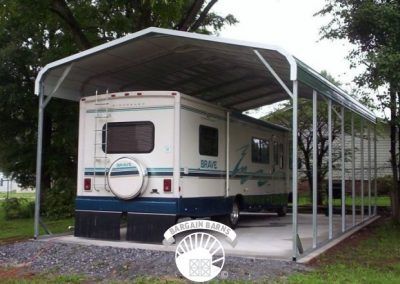
While it may seem like quite the investment to make after purchasing an RV, it’s nothing compared to the repair bill you may have to deal with in the future. RVs aren’t made out of steel like cars and trucks; typically, they are made out of fiberglass and/or aluminum, which can’t take the same beating your typical car and truck can withstand over time. That’s why we always recommend the installation of a carport to protect your RV.
Let Bargain Barns Help
Now that we have covered everything from single carports to carports for your RV, our team at Bargain Barns USA hopes you leave here with more answers than questions. If you do have more questions or want to get a free quote then please give us a call at (888) 607-4060! We are a national dealer servicing 46 of the 50 US States. We’d love to meet with you and discuss your needs.
